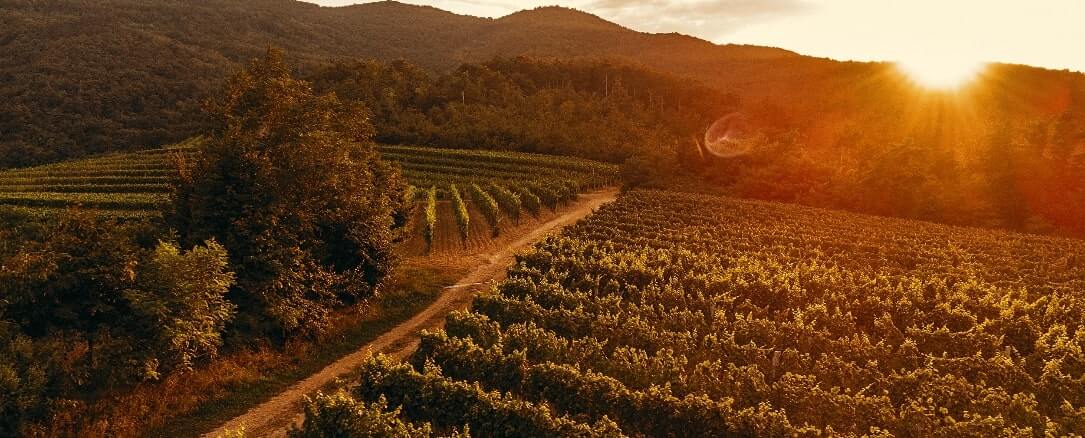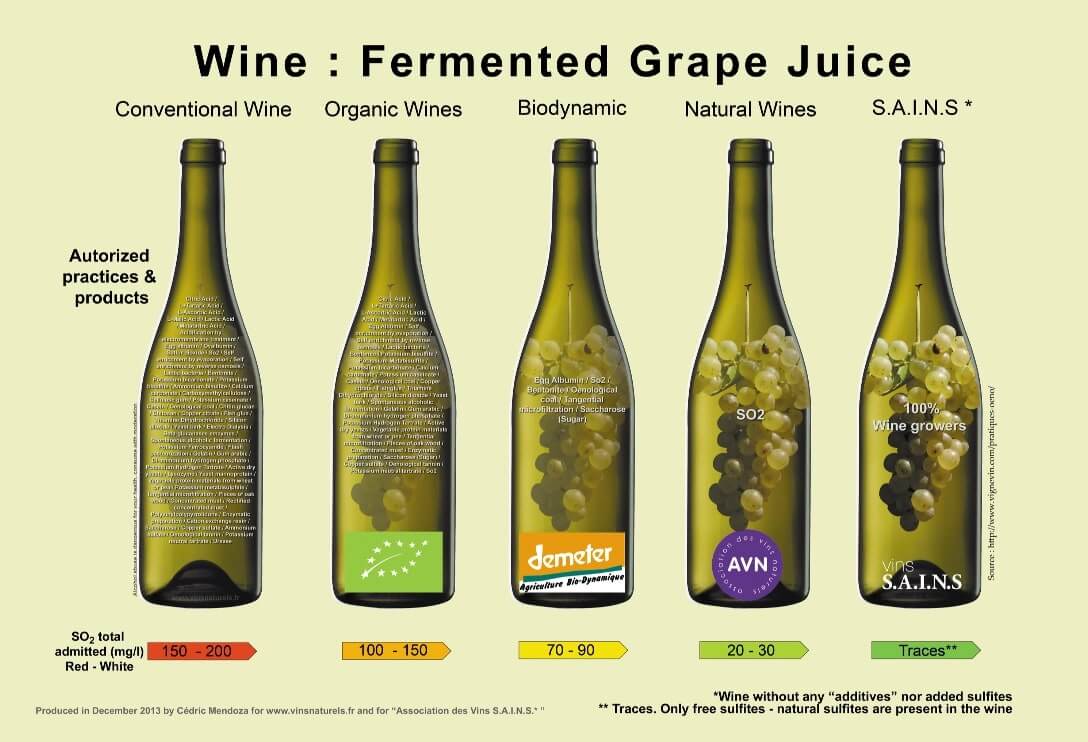Our philosophy is to embrace and continue centuries old family traditions when it comes to vine growing and wine making and to support winemakers who are approaching their craft with love, care, sensitivity, patience, courage and utmost respect for terroir.

In all aspects of wine making, from work in the vineyards to bottling the wine, these families strictly use natural products, and rely on cosmic forces and energies of the earth to honor the entire elemental circle of life, to which they live accordingly.
Relying only on purity and natural processes that existed long before we have, is what makes the wines more full of vitality that is expressed in stronger more vivid authentic characters, richer often mesmerizing bouquets, radiant optics and true vibrance that can touch the senses in a dimension beyond.
Generally in white wines the grapes are often skin macerated for a richer experience in texture, and to extract more aromas, flavors and natural preservatives. All wine is fermented naturally, with indigenous yeasts and without adding any commonly used chemical additives. Most wines only contain some natural sulfites as a result of uncontrolled spontaneous fermentation, and when for preservation the vintage requires some more, only a bare minimum is added. They are of finest quality, unfiltered, pristine, honest, elegant and of course - ALIVE.
What is Natural?
In a nutshell, explaining what natural wine is, basically comes down to wines that are made with the philosophical choice of both low intervention in the vineyard and in the cellar. Here the fundamental process of fermentation is done with indigenous yeast existing on the skins of the grapes and in the cellar, instead of using conventional cultivated yeast, which alters the wine’s character, authenticity and ultimately takes away much of its soul.
But in order to understand what natural wine is, it is important to realize there are three different phases in wine making namely: cultivation, fermentation and cellar work, and in these phases various choices can be made of which you need to be aware.
First there is the phase of cultivation, which is everything that happens in the vineyard growing the vines and their grapes. This can be done in three ways; industrially, organically or biodynamically.
Since we know that low intervention is a requirement for natural wine making it is obvious that conventional industrial cultivation cannot provide this, because of the extensive use of toxic herbicides, pesticides, fungicides or synthetic fertilizers that eliminate the indigenous yeast strings and vital microorganisms in the soil, but also because of a vast array of invasive interventions in the cellar. Therefore a natural wine can only be made if the grapes have been cultivated organically or biodynamically.
What is Organic?
Organic cultivation in general is quite commonly known, which by law is an internationally regulated self-sustainable agricultural methodology that promotes biodiversity and only uses organic fertilizers such as compost manure, green manure, and bone meal. Naturally-occurring pesticides are permitted, together with some synthetic substances like for example copper sulfate and elemental sulfur, while synthetic fertilizers and pesticides are generally prohibited or strictly limited. In the case of natural wine growing, often only a small bit of copper and sulfur are used in the vineyard and the harvest is done manually without the use of machines.
What is Biodynamic?
Biodynamic cultivation actually starts where organic cultivation stops. It originates from the esoteric spiritual movement of anthroposophy, which was founded by Austrian philosopher Rudolf Steiner, and is based on the ecological and fully self-sustaining approach to agriculture that increases soil fertility completely without the use of synthetic substances. Instead, for example guiding biodynamic preparations are used that are made of mixtures of medicinal plants, manure, ground crystals like quartz that are put in buried cow horns that are believed to absorb planetary forces and our earth’s energy.
In biodynamics the farm as a whole is seen as a living organism and in totality it functions with the cosmic energy of the elements like the sun and the planets, water and oxygen, but it also strongly embraces the rhythms dictated by the moon calendar of Maria Thun. There is a clear vision of the importance of ‘full circle biodynamic cultivation’ where the existence of animals and biodiversity generally is of uncompromising essence. For example insects like a bee colony, a herd of sheep, some porks or a flock of geese in the vineyard maintain a fundamental natural equilibrium, but also native yeast cultures in the wine, that are seen as a principal part of terroir, should be treated with the same level of utmost respect as the animals on the land, that all have to be protected and have to stay alive because they are all part of the crucial interconnected circular chain of life.
This brings us to fermentation and cellar work.
With natural wine the grapes have been grown by high standard organic or biodynamic cultivation, which allows the winemaker to use the grape’s indigenous yeast when the grape juice is being fermented, which is done without any technical or chemical intervention that could alter the wine’s bacterial life, with the exception of a tolerated dose of sulfites with a maximum of 30 mg/l, which some winemakers don’t even need to add.
In conventional industrial wine making a staggering amount of about 70 additives may be used to control, modify and or stabilise the wine, which by lack of commercial transparency is never mentioned when you look at a bottle. But also if you focus on organic and biodynamic classifications, by law and regulations there are still quite some other additives allowed to be used in wine besides sulfites, which is nicely illustrated in the picture below:

It might be a bit confusing but, many natural wine makers that cultivate organically in the vineyard, principally eschew the use of these additives in the cellar that are allowed under this standard, but organically certified supermarket wines most likely do contain many. It’s a matter of choice and credo.
If you look at biodynamic wine regulations of Demeter, you see that even for certified biodynamic wines a total of 90 mg/l of sulfites is allowed, but many disciplined natural biodynamic growers principally use none, often because they don’t have to because of their meticulous working ethics. At the same time also big estates exist that cultivate sustainably according to biodynamic standards in the vineyards, but that for commercial purposes and specific market demands choose to ferment with selected yeast and or use more sulfites and possibly other additives than natural growers, to have a more controlled result in the bottle.
In the end it all about transparency and often it is believed that when in all three phases respectfully the most optimal choices are being made in regard to nature, the more a wine qualifies as a natural wine that excitingly is allowed to express itself for what it is and that will vibrantly freely vary every vintage with an honest reflection of terroir.